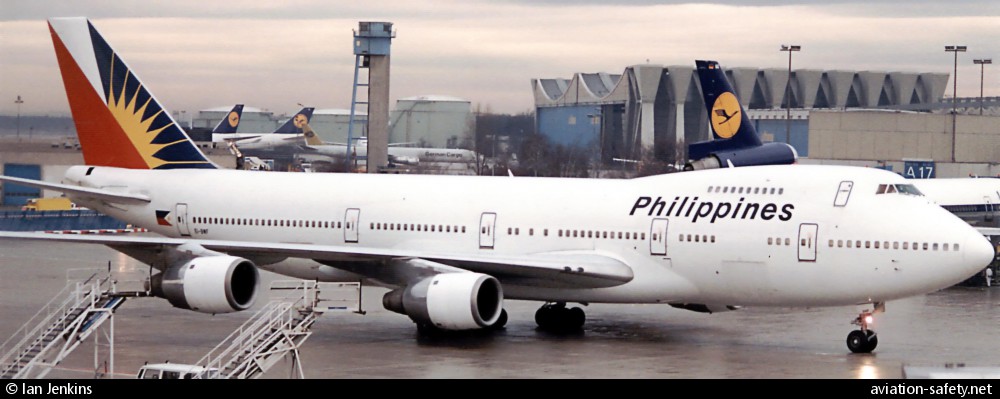
Khalid Sheikh Mohammed’s first international terrorist act is probably carried out when a bomb goes off on a Philippine Airlines flight from Manila to Tokyo, via Mactan–Cebu International Airport. The small bomb is built and planted by Ramzi Yousef, the attacker of the World Trade Center in February 1993.
With false identification papers (he is an internationally-wanted man), Ramzi Yousef boards the flight in Manila. Onboard, sitting in seat 26K, he assembles a small bomb using nitrocellulose explosive that he secreted away in a contact lens cleaner bottle, with a Casio watch as the timer and initiator. He then puts the bomb in the life jacket pouch underneath the seat. When the plane lands in Cebu, Yousef debarks, and Japanese businessman Haruki Ikegami boards the flight and takes his seat. At cruising altitude over the Sea of Japan, the Casio alarm ignites the filament in the bomb and it detonates, killing Ikegami and blowing a hole in the fuselage. The pilot manages to bring the flight down for an emergency landing.
Though most histories credit Yousef with masterminding the plot, new information indicates that the attack on Philippine Airlines flight 434 (a Boeing 747-200 jumbo jet) was conceived and directed by KSM. The 9/11 planes operation then evolves from bombs planted on planes so that they would explode over water to using the planes themselves as missiles to strike objects on land.